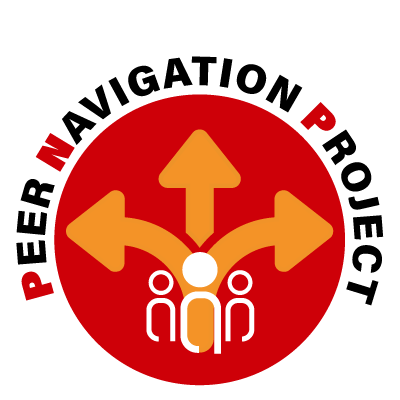Ayden I. Scheim; Geoff Bardwell; Beth Rachlis; Sanjana Mitra; Thomas Kerr
Objectives
London, Ontario, is facing an outbreak of HIV among people who inject drugs(PWID), as well as persistently high levels of hepatitis C virus (HCV). Syringe sharing is the primary driver of HIV and HCV transmission risks among PWID, however,little is known about factors contributing to syringe sharing in this setting. Therefore, we sought to characterize syringe sharing and its correlates among London PWID.
Methods
Between March and April, 2016, PWID participated in a survey administered by peer research associates as part of the Ontario Integrated Supervised Injection Services Feasibility Study. Bi variable and multivariable logistic regression models examined associations with syringe sharing (borrowing or lending previously used syringes) over the previous 6 months. A sub-analysis described patterns of borrowing and lending by self-reported HIV and HCV statuses.
Results
Of 198 PWID, 44 (22%) reported syringe sharing in the past 6 months. In the multivariable analysis, selling drugs (adjusted odds ratio; AOR = 1.92, 95% CI= 1.20–3.08), daily crystal methamphetamine injection (AOR = 1.66, 95% CI =1.07–2.59), and identifying as HIV-positive (AOR = 3.11, 95% CI = 1.61–6.01)were independently associated with increased syringe sharing. While not independently associated with syringe sharing, problems accessing syringes were common (13–50%). Self reported HIV-positive respondents were more likely to report syringe borrowing (p < 0.001), but not lending (p = 0.26).
Conclusion
We observed a high rate of syringe sharing among London PWID, with sharing being associated with high-intensity injection of crystal methamphetamine, as well as with involvement in drug sales. Considering the current HIV outbreak in London, multi-level prevention efforts are urgently needed.

